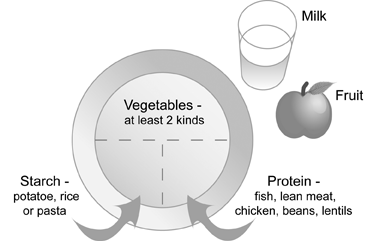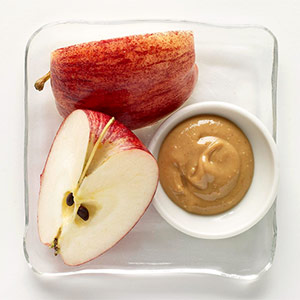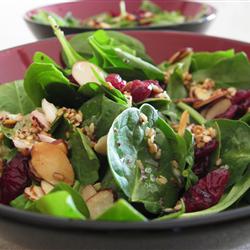Healthy, Nutritious, Balanced eating for weight loss! Meal Plan
It seems like such a simple concept however most people do not eat like this every day.
I have much success with clients making this simple healthy change to their eating habits and some have seen weight loss of 20lbs in a month! Fad diets don’t work and may leave you nutritionally deficient.
- Easy to follow! 3 meals per day
- Meals 4-6hrs apart. Timing of meals is very important for your metabolism.
- Meets all of your nutrition needs for healthy living!
- Avoid ALL sugar containing fluids – ie. Pop, juice, energy drinks, etc.
- Drink Water and the recommended amount of Milk servings/day ~2-3 8oz glasses of milk.
- Tea and Coffee are OK in moderation if additional calories are not added – ie. sugar, creme. Try a fruity decaffeinated tea – apple cinnamon, berry, etc.
- Avoid eating snack/junk foods and deserts after or between meals. This is where the extra weight gain comes from.
- At Breakfast, include a Carbohydrate (Grains and Starches, Fruit, Milk) and Protein, it may be hard for most people to have vegetables every day for breakfast.
- Ways to include vegetables at breakfast, fresh sliced cucumber and tomato, include vegetables in egg omelets (onions, tomatoes, green, yellow, red peppers, etc.).
- Complimentary with the Cardiac and Diabetes Diet Guidelines.

Sample Meals:
Breakfast:
Tea or coffee
1% or skim milk (1 cup) or 3/4 cup low fat yogurt
Steal cut oats oatmeal – high in fiber (¾ cup cooked)
½ banana, 1 cup berries or 15 raisins or dried cranberries
With ¼ cup nuts
OR
1-2 whole grain toast slice
1 egg omelet with tomatoes, peppers and onions
Lunch:
Rice (1 cup) = ¼ plate starch
Healthy, Nutritious, Balanced eating for weight loss! Meal Plan
Boiled beans (½ cup) – 1 cup if vegetarian meal
Lean beef steak (3-4 oz) = ¼ plate protein
Stewed zucchini and carrots
Green salad
– lettuce, tomato wedges and cucumber slices
– dressing: lime juice and olive oil (1 tsp, 5 mL)
1 orange/fruit
Water
Dinner:
1 large potato or 1cup mashed potatoes = ¼ plate starch
Chicken 3-4oz = ¼ plate protein
Green beans (cooked non-starchy vegetable)
Spinach leaf salad with low-fat salad dressing (1 tsp, 5 mL)
Pineapple (2 slices) or 1 cup melon
Low-fat yogurt (¾ cup)
Water
Decaffeinated Tea
Afternoon or Evening Snack: if needed
15 grapes or 1 cup berries
Low fat yogurt (3/4 cup) or skim or 1% milk (1cup)







